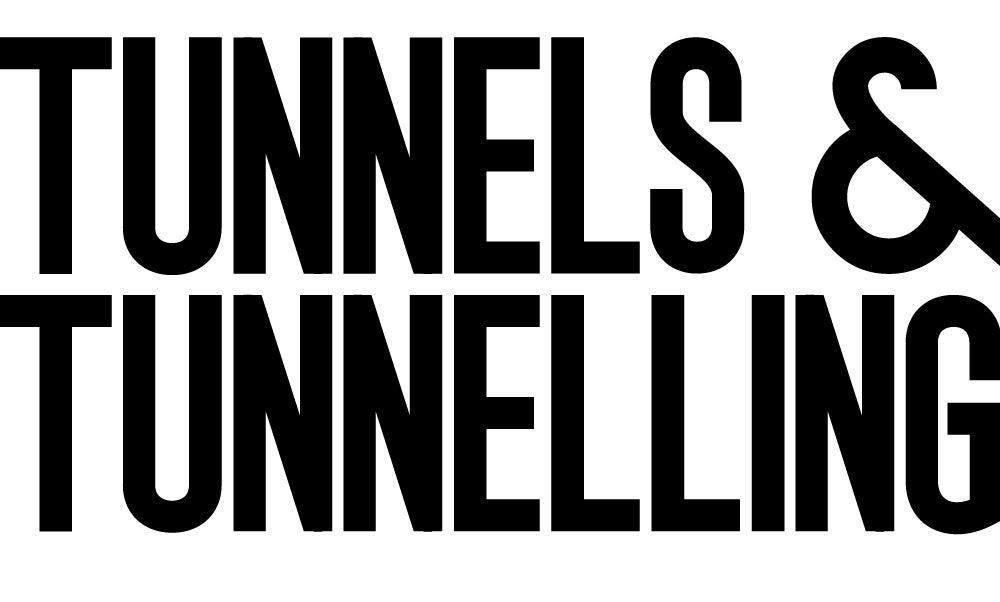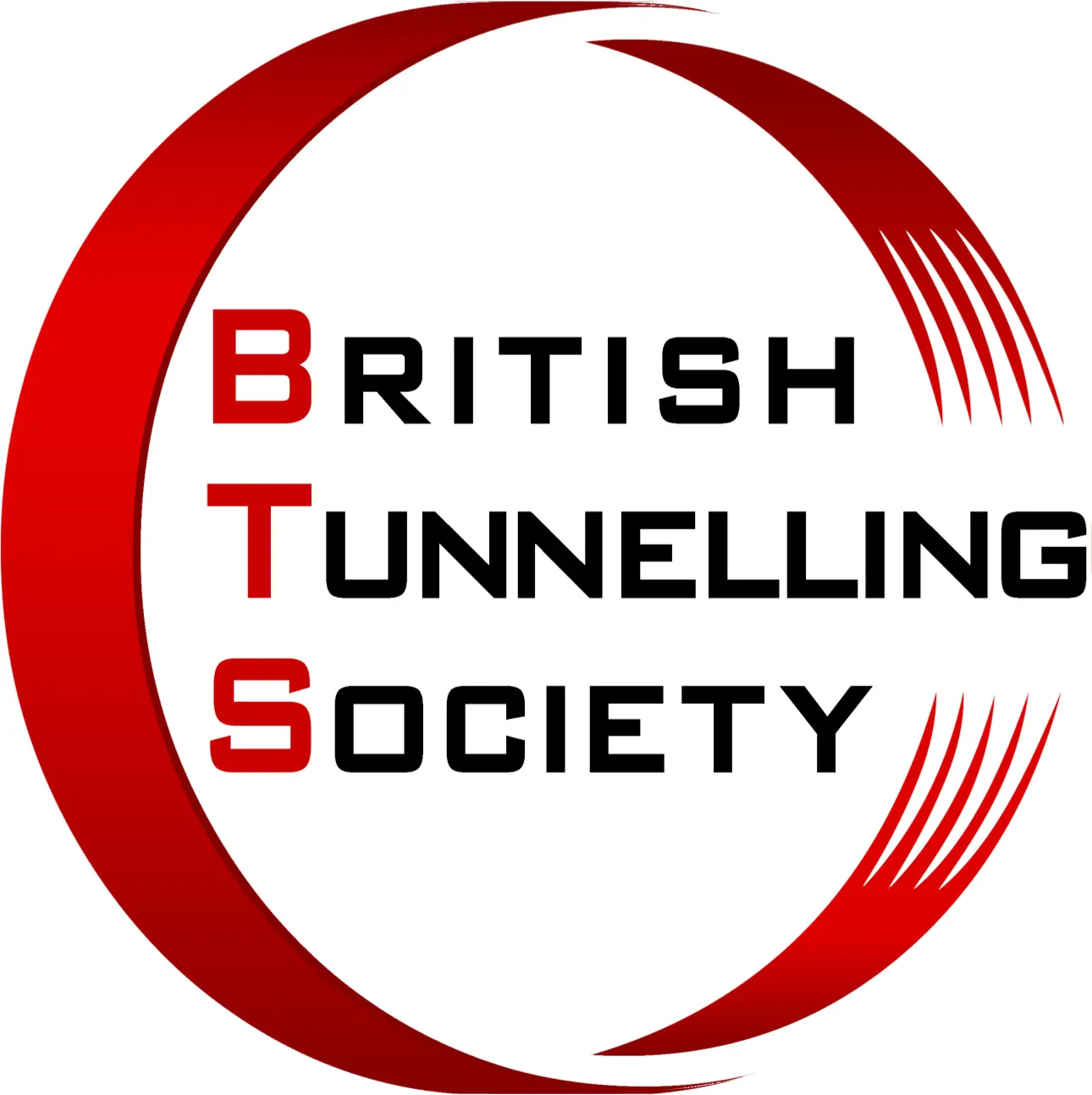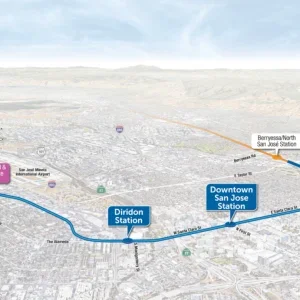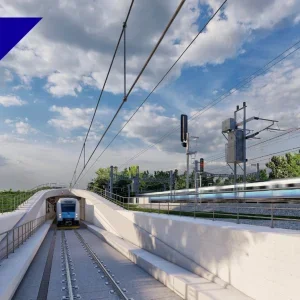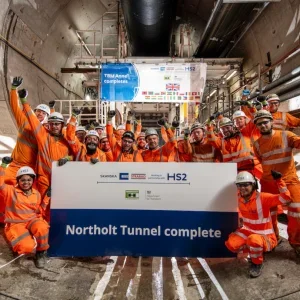Following the recent surprise decision by Seattle’s Link Light Rail Sound Transit (Sound Transit) to scrap its initial two contract approach and replace it with a single contract, three consortia have responded to the Request for Qualification (RFQ) to build the underground section of the Seattle light mass transit project.
The three submissions are from: Puget Link Construction, a Traylor Brothers/JF Shea/Frontier-Kemper Constructors JV; Obayashi/Atkinson JV; and Modern Transit Contractors, an S A Healy Co/Impregilo Group/Hochtief/Parsons Transportation Group/Robinson Construction JV. The design-build contract involves 7km of twin-tube tunnels and four underground stations.
Reaching this stage has been by no means easy for client and prospective contractor. A state of confusion has so far surrounded the qualification stages. Initially, Sound Transit had intended to split construction of the 7km long underground section (from the existing bus transit tunnel system to the NE 45th Station) into two packages worth $300-350m and $150-200m.
In May 1999, Sound Transit invited RFQs for the first of these two packages with four consortia answering. Frustration set in within weeks when Sound Transit cancelled the RFQ and decided to reorganise the job into one large contract for the full length of the tunnelling work. Rumour suggests that Sound Transit was disappoin-ted with the submissions for the two packages and expected to attract more competitors, including experienced international tunnellers.
Sound Transit is keen to point out it does not believe this to be a factor in the change in contract structure. Responding to the rumours, Joe Gildner, construction manager for the underground section of the project for Sound Transit, says, “We were pleased with the groups and the submissions.
“We had to make a call on whether to send out an addendum and proceed with the original RFQ or to cancel the first and start from scratch. We realise that taking this action has knocked our credibility but we have had positive feedback from the teams at the debriefings. We are acting on their recommendations.”
The statement has been backed up by Paul Bay, director of Sound Transit, who told T&T International, “We fully understand the disappointment of the teams that submitted qualifications based on our first request, and we immediately invited their advice on how best to structure the procure-ment process for the new and slightly larger contract. We are extremely pleased that many of the same people are involved in the teams responding to our new RFQ.”
In an intriguing twist, T&T International can reveal that the client may yet revert to two separate design-build contracts. A final decision on the specific routing and station locations was being made as we went to press.
The decision may include extending the line north from the University of Washington to the Northgate community, a politically desirable extension involving a tunnel extension of at least 600m. It is said that this would make the two contract system more attractive to the client, leading to a distinct possibility that it be adopted again.
Related Files
Location map
